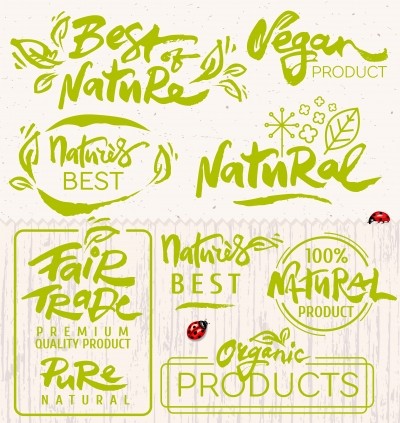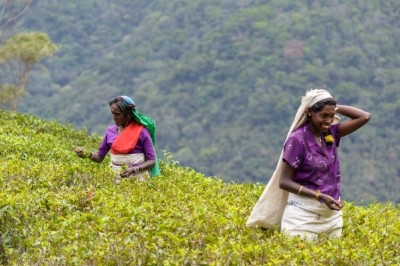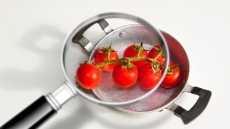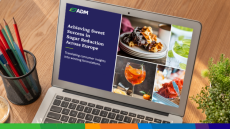Organic and free-from in rude health as shoppers study labels
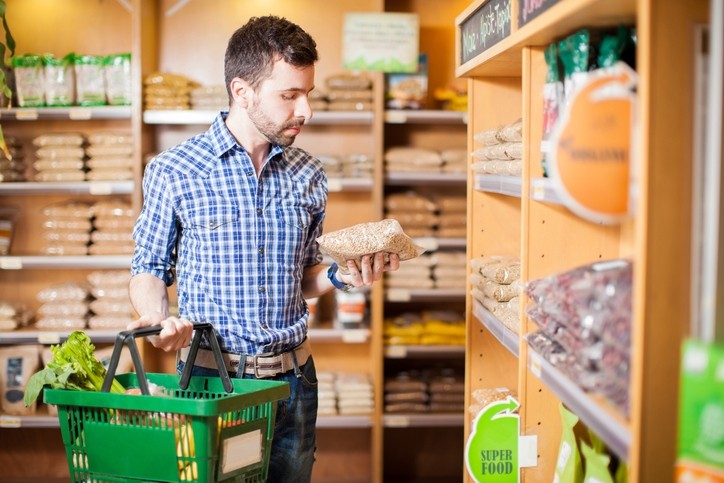
In Eastern Europe sales of free-from and organic were up 10.6% and 8.8% respectively in 2016 compared to 2015. In Western Europe free-from increased 11.5% whilst sales of organic rose 5.4%. Sales of organic across Europe reached almost €13.8bn last year, whilst free-from totalled just under €7.8bn.
The products also had a great year worldwide, with organic up 7% to €33.8bn and free-from up 6.8% to €30.0bn. Globally, free-from gluten (up 12.9%), organic savoury snacks (up 12.7%) and organic soup (11.7%) posted the most impressive 2016 sales growth figures in Euromonitor’s new analysis of the “health and wellness” category.
Not far behind were products free-from meat, with sales rising 11.4% to €2.4bn last year. Western Europe drove the growth with sales up almost 15.2% to €960m.
Look at the labels
The “boom” in free-from and organic results from consumers reading labels “more carefully than ever”, said Euromonitor’s head of health and wellness Ewa Hudson. “[People are] seeking natural ingredients and looking for foods that represents a ‘guilt-free’ purchase,” she explained.
Free-from foods have also become more convenient. The UK is the biggest European market for the products with sales of €1.4bn last year, followed by Italy (€1.2bn) and Germany (€1.1bn). In Spain, sales rocketed 14.5% to €889m.
When it comes to organic, Germany is the major player with a market worth €3.7bn in 2016. France is second with sales having shot up by 7.1% to €2.4bn. The UK remains the third largest market for organic foods but posted the slowest growth of the top five (1.4%). Italy (€1.4bn) and Sweden (€742m), in fourth and fifth, enjoyed sales increases of 10.4% and 10.8% respectively.
Organic is “in sync” with the natural and clean label trend and is therefore “unlikely to fall out of favour with consumers in the foreseeable future”, Hudson noted. Indeed, earlier this month French supermarket Super U announced it was cutting 90 “controversial” substances from its private label range due to consumer concerns and “expectations for more simplified products”.
15% growth by 2021
It wasn’t all great news for health and wellness products, however. Both 2015 and 2016 proved to be “disappointing years” for the category as a whole, noted Hudson. The industry is facing the lowest levels of growth in over a decade, she explained, with developing markets – like China and Argentina – underperforming, and key developed countries such as the US “not doing that well”.
Sales of better-for-you goods, for example, fell away slightly in Europe last year – down by €2.2m to €37.0bn. This was the only blip for Europe, where “naturally healthy” products retain the largest share of the health and wellness category with sales rising 4.6% to €70.7bn. Sales of functional or fortified products also increased 2.1% across Europe last year to €37.7bn.
Overall, category sales will continue to expand from the €663.7bn generated in 2016 – Hudson predicted growth of 15% by 2021. Emerging countries will be the main contributors, she said, with Morocco and Turkey leading the way.


